Dubstep Shep
WUB WUB VROOM VROOM
Also, if you're gonna be at Hallett (my "local" track) in June, cool if I stop by and bug you with a million questions? hehehehe
That's actually a misconception. The reason that golf ball dimples are more efficient is that they create a turbulent boundary layer on the surface of the ball, and that deters separation behind it. When there is less separation, the wake is smaller, and there is less drag.Isn't turbulent air flow better in terms of air resistance? Hence why golf balls have dimples? Laminar flow is quieter and more predictable, but I thought for maximum air flow turbulent was better?
Got two questions for you real quick:
Isn't turbulent air flow better in terms of air resistance? Hence why golf balls have dimples? Laminar flow is quieter and more predictable, but I thought for maximum air flow turbulent was better?
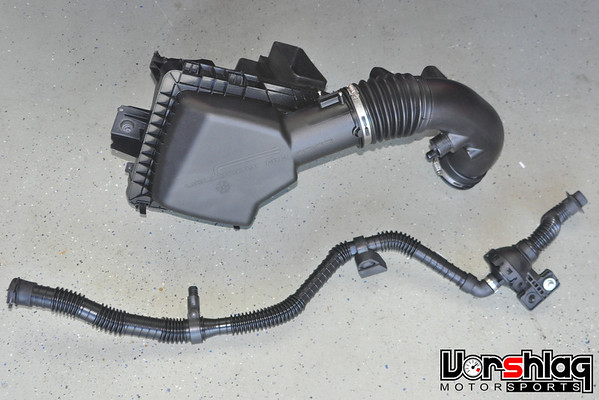
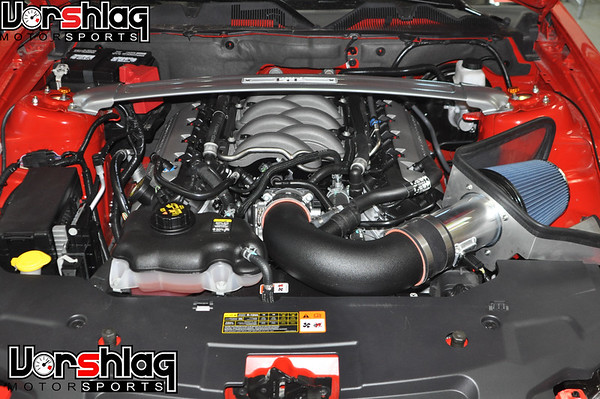
Why not use the Wilwood six piston brakes? They advertise that they fit under a 18" wheel.
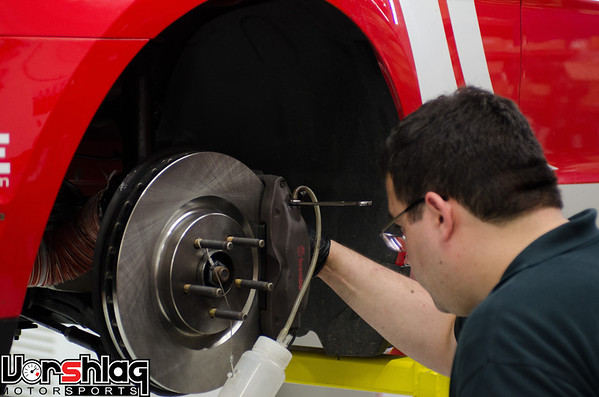
Also, if you're gonna be at Hallett (my "local" track) in June, cool if I stop by and bug you with a million questions? hehehehe
OOOOOOHHH!!! Hallet June 21-22 with NASA... Everybody that CAN make it should, that is also the American Iron and Camaro-Mustang Challenge "Summer Shootout." An annual pilgrimage of racers from a LOT of different regions, and it's not uncommon to have 30+ car fields. AI takes a rolling start as wave one, and then CMC comes to a screeching halt right behind them to set up for a standing start, on a green track... 30+ V8 engines, all hammering away at full chat is something to see, and it should be a LOT of close racing. This should be a mini-preview for Nationals.

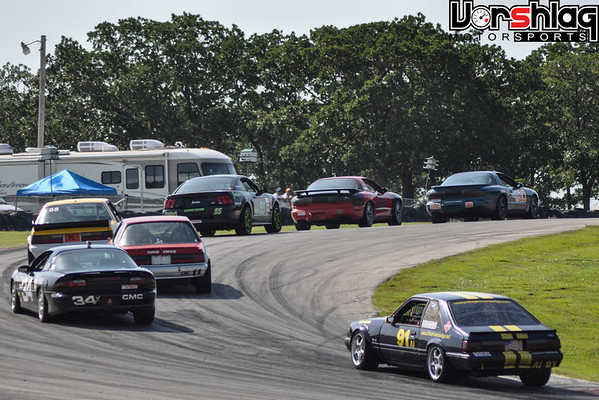
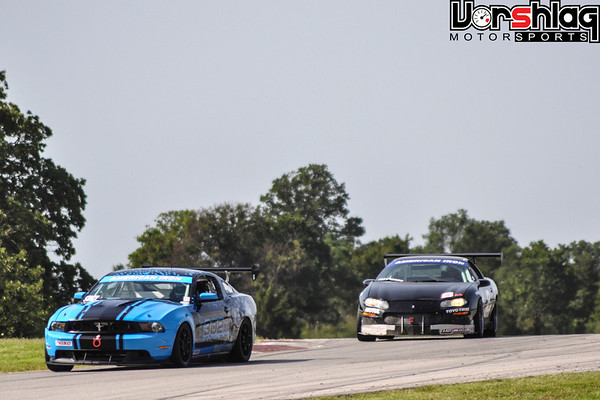
Cool, come on - we need the class entries. TT3 should be huge, as several of the Colorado TT3 regulars are coming down to join the Texas contegent (we usually have 5-7 in class for most events)!Oh, and yeah, Terry will be running in TT as well... ;-)
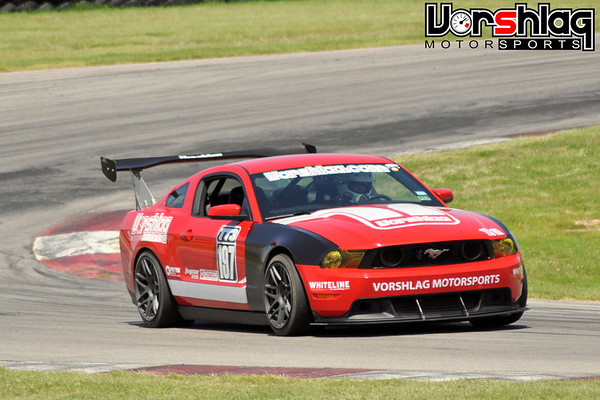

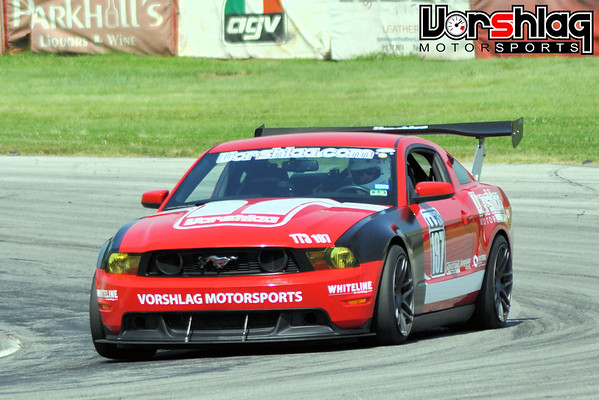
Great observations from Terry. Pad knock-back (long pedal), plus thin pads (no insulator), plus locked wheels/extreme ABS (rapid heat transfer to the calipers) equals bent car, injured driver, and baked brakes. Not a good formula. Terry, any ideas on the cause of the knock-back? Aero-supported cornering forces? Curb hopping? Bearings?
As far as brakes, like any system on a road track car, is heat soak an issue? You say bigger brakes will hold more heat, which I agree with, but after a certain point won't they be just as susceptible to heat soak? Like you can upgrade your intercooler tank capacity all you want, but after running it hard for a certain amount of time it's all going to be hot. You're just delaying how long it takes to get there. I suppose a larger caliper would have more surface area though, which means it would dissipate heat quicker though.
YIKES! Oh yes... carbon ceramic systems are coming online in high dollar OEM applications, and the TOP levels of pro racing, but they are far from cost effective enough for HPDE/Time Trials/Club Racing use.Also, why not use more advanced materials like carbon ceramic? Not cost effective?
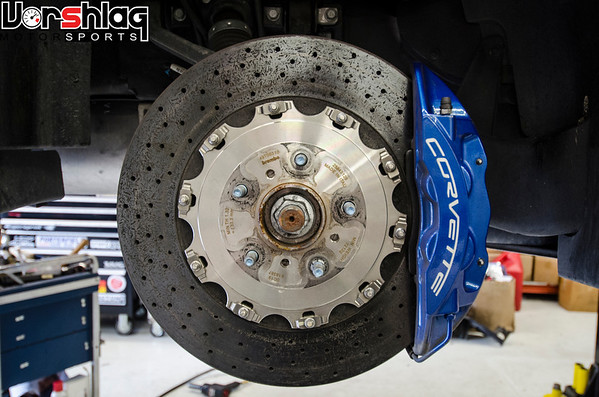
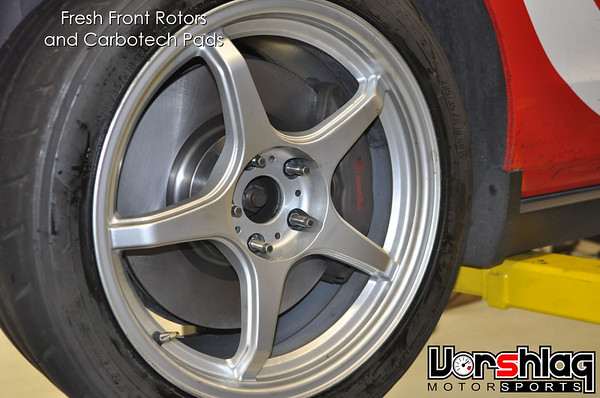

Got two questions for you real quick:
Isn't turbulent air flow better in terms of air resistance? Hence why golf balls have dimples? Laminar flow is quieter and more predictable, but I thought for maximum air flow turbulent was better?

Hahaha no kidding KC. Like you mentioned, turbulent flow results in a loss of lift, which makes sense. The air isn't holding onto the wing as well and you lose all the lift generated by it.
From my understanding, turbulent flow produces less skin drag but flows slower, if that makes sense.

Know the season and episode off the top of your head? Sounds interesting.Check out the mythbusters episode where they put golf ball like dimples on a car. They actually improved their gas mileage.
As far as brakes, like any system on a road track car, is heat soak an issue? You say bigger brakes will hold more heat, which I agree with, but after a certain point won't they be just as susceptible to heat soak? Like you can upgrade your intercooler tank capacity all you want, but after running it hard for a certain amount of time it's all going to be hot. You're just delaying how long it takes to get there. I suppose a larger caliper would have more surface area though, which means it would dissipate heat quicker though.
But if that were the case in general, then you'd expect aircraft manufacturers (for subsonic aircraft -- supersonic flight introduces even more complication) to use dimples on those surfaces that are not lifting surfaces, so as to reduce friction...
ETA: to expound a bit, I suspect that carefully inducing turbulence can yield some benefits if you're talking about a shape that isn't optimized very well for flow through the air. But for shapes that are (e.g., aircraft bodies), doing that would be detrimental.
I would guess it's for a few reasons:
It looks retarded on a plane or car
Not really. You just have to have molds of the proper shape.It REALLY complicates the manufacturing process
Weight is the primary factor, and could explain why you don't see it on passenger aircraft. I doubt it would make enough of a difference for a car, though...It introduces a ton of complexity and added weight to the structure of the body
Right, but in a way, that's somewhat contradictory. More sound means more energy being expended, which suggests reduced efficiency...It's a lot louder because turbulent flow is louder than laminar flow

It probably depends on the size of the dimples. I definitely agree with you as regards passenger cars, but on race cars? Those guys are looking for every advantage they can lay their hands on.
Not really. You just have to have molds of the proper shape.
Weight is the primary factor, and could explain why you don't see it on passenger aircraft. I doubt it would make enough of a difference for a car, though...
Right, but in a way, that's somewhat contradictory. More sound means more energy being expended, which suggests reduced efficiency...
For race cars, I somehow suspect they don't care about loudness.
So if we stick our cars into a hailstorm, will they be faster afterwards?
Wouldn't that be the advantage though with going to a 2 piece rotor? Less heat soak, less chance of warping and with full or semi floating rotors less or eliminated chance of pad knock.
True.
Yes and no. Depending on what part you're looking at and how its manufactured it could be much harder. If it's a stamped part, then yea the complexity isn't that much more.
Well, actually, I would expect an increase in the strength (stiffness) with a proper design of the dimples. But yeah, it'll definitely add to the mass otherwise.I would gamble that for the same material and "strength" a dimpled object would add at leas 5-10% to the mass.
Right. But mixing, which happens with turbulent flow, induces friction (collision of molecules at sharp angles), which thus increases parasitic drag. Hence, I have a hard time believing that turbulent flow is inherently more efficient (i.e., disspates less energy) than laminar flow is. Indeed, all of the (basic) reading I've done thus far suggests quite the opposite, and says that the golf ball is a special case, a situation in which the effects of delaying the boundary layer separation are greater than the increased friction due to the use of turbulent airflow.This has to do with the boundary layers.
In laminar flow, the layer that touches the object actually doesn't move. It never moves. The "noise" you hear is from the sliding and separation between the layers.
In turbulent flow, the air swirls and eddys. It causes buffeting and other issues because it isn't consistent flow.
True, but in this case, I wouldn't expect the turbulent flow to be on a scale large enough to introduce that kind of inconsistency.I agree, noise isn't the issue there. But as any racer will tell you, raw performance ultimately takes a backseat to consistency of the performance. Laminar flow is consistent. The way the air flows and the forces it applies are predictable, and thus useful. Turbulent flow isn't really predictable, so it's less useful for things like wings or spoilers.
That's because the scale of the changes in flow is large relative to to the size of the aircraft. For turbulent flow induced by variations in the skin, however, the changes should be small compared with the size of the aircraft.Think about when planes hit "turbulence." They rock back and forth and up and down. It's terribly inconsistent.
Let's just say that I won't be volunteering my car for that experiment ...Faster? I don't know. Maybe hahaha, though I somewhat doubt it. From everything I've seen they may get better highway mileage. That mythbusters experiment was VERY well setup.
